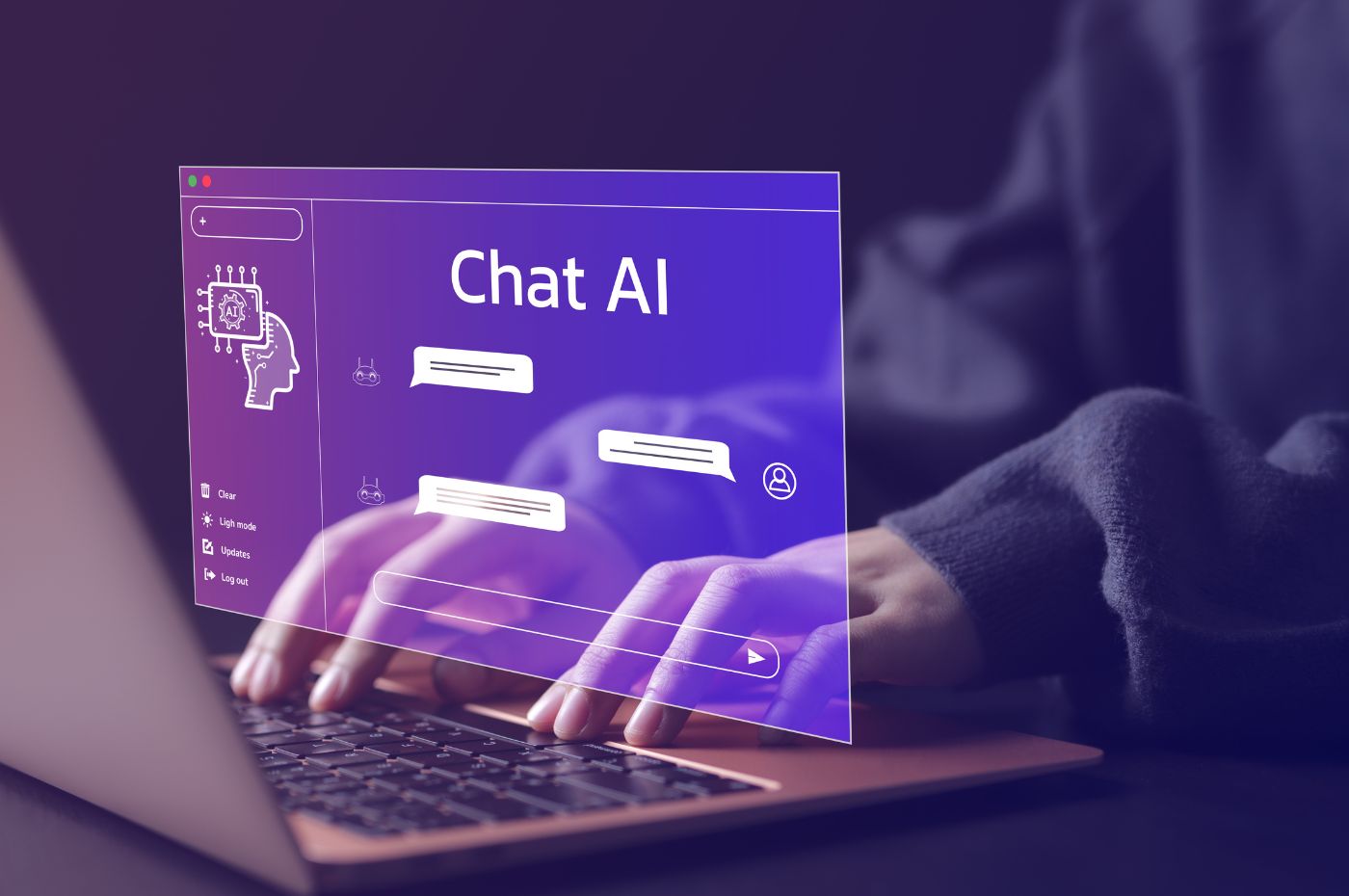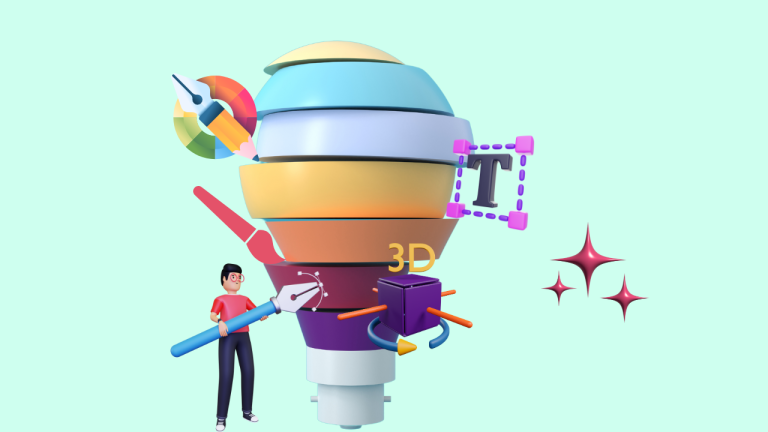Ai as a tool, not a replacement: How can it help you?
Artificial Intelligence has become an integral part of modern technology, enhancing efficiency and productivity across various fields. But what exactly can AI do for you?
- Automate routine tasks: AI can handle repetitive tasks, freeing up your time for more complex activities.
- Data analysis: AI excels at analyzing large datasets, identifying patterns, and generating insights.
- Customer support: AI-powered chatbots provide quick responses, improving customer service.
- Personalized recommendations: From shopping to streaming, AI tailors suggestions based on your preferences.
- Predictive maintenance: In industries like manufacturing, AI predicts equipment failures, reducing downtime.
What are the limitations of AI?
Despite its many advantages, AI has its boundaries. Understanding these limitations helps in setting realistic expectations.
- Lack of creativity: AI can’t match human creativity and innovation.
- Dependence on data: AI requires vast amounts of data to function accurately.
- Ethical concerns: Issues like privacy, bias, and accountability pose significant challenges.
- Inability to understand context: AI often struggles with nuanced understanding and contextual comprehension.
- High implementation costs: Deploying AI can be expensive and resource intensive.
Pros and Cons of AI
Evaluating the pros and cons of AI helps in making informed decisions about its application.
- Pros:
- Increased efficiency and productivity
- Enhanced decision-making through data analysis
- Automation of mundane tasks
- Improved accuracy and consistency
- Cons:
- Ethical and privacy concerns
- High initial investment
- Over-reliance on technology
- Risk of biases in AI algorithms
Why users still need to know what they’re asking for
To get the most out of AI, users must clearly understand their objectives and how AI can meet those needs.
- Define clear goals: Knowing what you want to achieve ensures that AI solutions are tailored to your specific needs.
- Understand AI capabilities: Familiarize yourself with what AI can and cannot do to avoid unrealistic expectations.
- Regular monitoring: Continuously oversee AI performance to ensure it aligns with your goals.
- Training and education: Equip yourself with the knowledge to interact effectively with AI tools.
- Critical thinking: Always apply human judgment to AI-generated insights and recommendations.
Embracing AI: A balanced approach
Integrating AI into your workflow requires a balanced approach to harness its benefits while mitigating its drawbacks.
- Collaborative use: Combine human creativity with AI efficiency for optimal results.
- Ethical AI practices: Adhere to ethical guidelines to ensure fair and unbiased AI usage.
- Continuous learning: Stay updated with AI advancements to leverage new capabilities.
- Customization: Adapt AI tools to fit your unique requirements and preferences.
- Human oversight: Maintain human oversight to correct AI errors and make final decisions.
By recognizing AI as a powerful tool rather than a replacement, users can effectively integrate it into their processes, augmenting their capabilities without compromising the irreplaceable value of human intuition and creativity.


